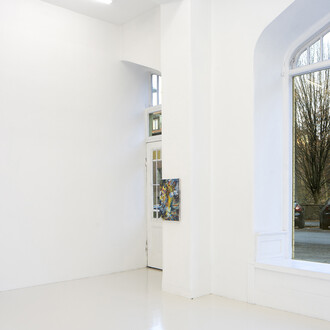With its exhibitions, research and unique collections the Swedish History Museum is an important agent in providing perspective on how history and cultural heritage is formed and developed. Building museums and interpreting history are complex processes that have immense importance for society.
This exhibition presents a selection of objects, primarily from the collections of the Swedish History Museum. The objects testify to the breadth of the collections but also emphasize narratives and perspectives that have previously not been shown.
This exhibition is an attempt to show how history is created and used, and how it in turn has influenced and still influences society. We want to problematize and probe the picture of what history is in Sweden, make the invisible visible, explore what is hidden and forgotten and take a closer look at the underlying norms that have had an impact on the museum and its collections.
History is created, expressed and used – consciously and unconsciously – all the time. This happens everywhere in society: at museums, in textbooks, in films and art, on the Internet and in politics. History is used to build identity, brands and society. History is also used to exercise power, or to convince and mobilize groups in society.
Many museums were created in the nineteenth century to manifest contemporary knowledge. They answered fundamental human needs to understand the present and feel a sense of belonging or community. They also answered a need for institutions, traditions and symbols that hold a nation together. Museums have collected, classified and exhibited according to the norms and values of their times, which in turn directed which interpretations have been possible at different times.
Who was considered to be Swedish was based on racial science that developed in Europe in the early nineteenth century. These theories predominated in society when many of the museums were created. Politicians, scholars, monarchs, artists and museum staff took part in this process of creation. The theories that supported the desired image of Sweden were chosen more actively, while others fell by the wayside. Certain people were excluded from the grand narrative of Sweden while others were quite naturally included.
The Swedish History Museum has over ten million objects in its collections, fifty thousand of which are being shown at the moment. Since the Swedish History Museum opened in 1866, certain narratives have been given more focus than others. Through new perspectives and the results of current research, new narratives are added and the interpretation of the objects and history changes. The collections hold many hidden and invisible stories ready to be unfolded.















